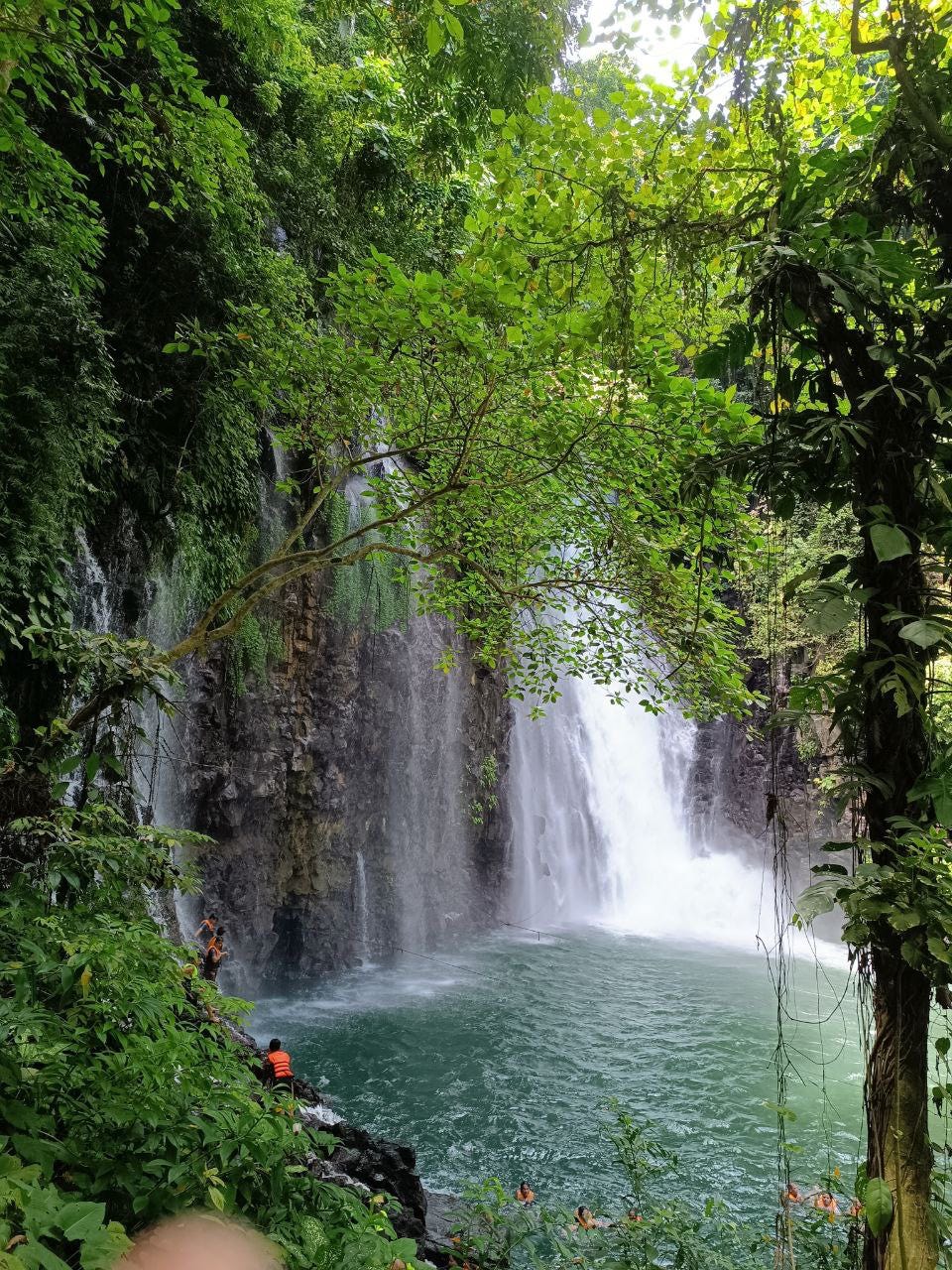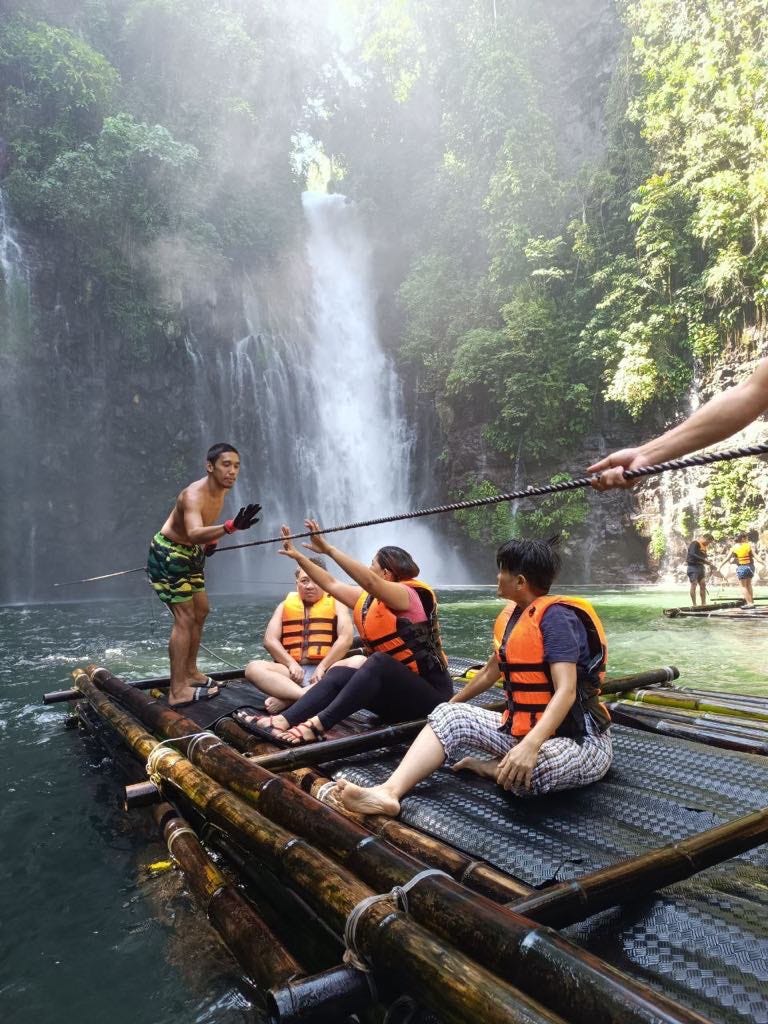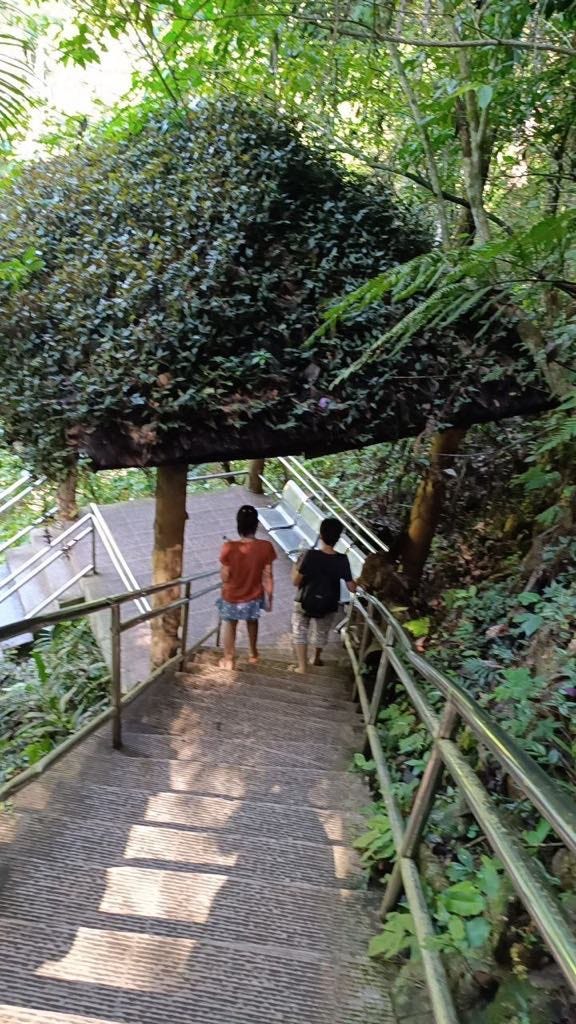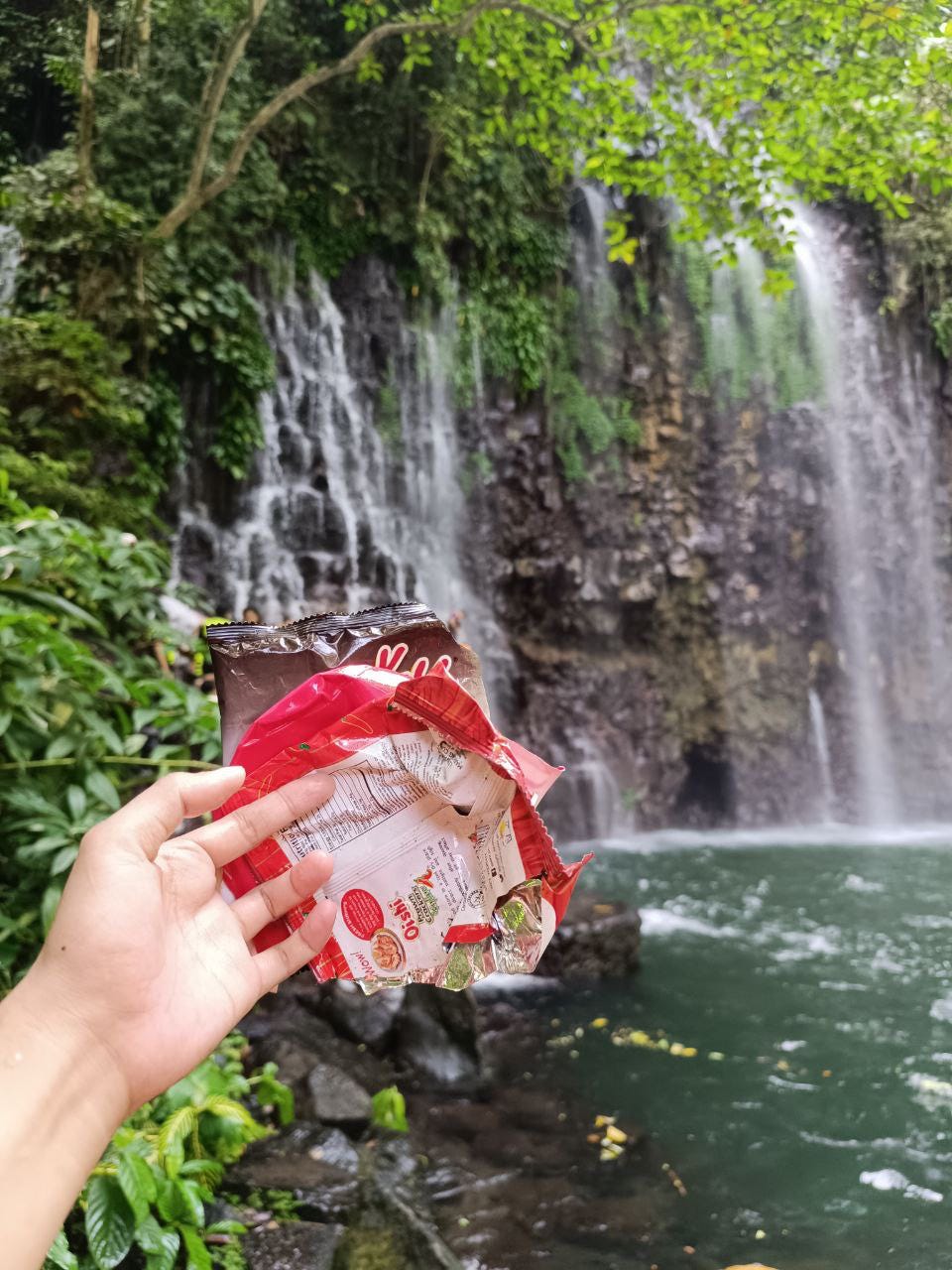Information asymmetry in Iligan City
(Or how hidden costs and other tourist traps nearly ruined our visit to the city's famous Tinago Falls)

Each person has two selves, the experiencing self and the remembering self, according to Nobel Prize-winning behavioral psychologist Daniel Kahneman.
Both selves view pain differently, New York Times contributing writer Jim Holt said in a piece mainly about Kahneman's book, Thinking, Fast and Slow.
Simply put, the remembering self is not as bothered as the experiencing one regarding the same episode of suffering, said Holt, citing Kahneman's famous colonoscopy study. (Of two groups undergoing colonoscopy, the second's procedures are deliberately prolonged but are ended “less painfully.” The second group "minded it less," Holt said, citing Kahneman's research.) [See: Two Brains Running]
As a result of this discovery, Kahneman's work has already provided profound implications for how we define happiness and how we remember memories.

This might also explain why some of us look back to terrible events in the past with reduced intensity (or even recall).
But then again, that's just me guessing. (Does time actually heal all wounds? Probably. And that might also explain how someone got elected president in May 2022, more than 30 years after being chased out of the country.)
Remembering Tinago Falls
A few days ago, I got reacquainted with my remembering self while in Iligan City.
Together with my girlfriend and a close female friend, we visited Tinago Falls, one of the most impressive attractions in a city already known for majestic waterfalls.
The day after we arrived, all three of us got on a habal-habal (a motorcycle for hire) each, forming a short convoy going to and from the city and Tinago Falls.
To make the most of the experience, we agreed to take on two tour guides — a dark, slender guy in his late thirties and his 17-year-old niece, whose naiveté made her look younger than her age.
We then proceeded to go down 355 steps to the waterfall's location, wore red orange life vests, rented (and sat on) a bamboo raft the length of a Toyota Vios subcompact, and hired four other young men to pull on ropes to bring us directly underneath the falling water.
There was nothing like it.
Fresh and cool water came down from a height of 73 meters (240 feet) and drenched our bodies (and filled our souls, such as they were).
The falls — potent, constant — left us almost breathless; whether it was from amazement, gratitude, or the feeling of being engulfed by thick streams of water we didn't know (or, for that matter, cared).
It was like going outdoors to play during a storm but instead of large drops of rain from heaven, we got hosed down from above by the Great Showerhead of the Almighty. (Note: Any references to dangling modifiers may piss off the Big Boss upstairs.)
Moments later, the boatmen asked us to take off our vests and lie face down on the raft for a water massage. It was neither as firm nor steady as physical therapy but the effects were as salutary nonetheless.
After our short turn at the falls, we moved to the rocks on the left, where we sat by small streams of water. We were all thankful that at least for once in our lives, we were able to visit Tinago Falls.
The bad trip
And now, for the bad news.
We got ripped off big time.
This was because we were a) pressed for time, b) unable to do preliminary research about the destination, and c) easy targets.
Practically every step of our Tinago visit, someone somewhere made quick and easy money (with our tacit agreement unfortunately).
These enterprising individuals were able to make a killing because most of the services they rendered were informal, marked by patchy regulation, and had no set standards.
As a result, we found out later that the motorcycle drivers were paid more than three times the agreed-upon street rates. The same went for the boatmen (although their windfall was owed to the kindness of certain strangers).
That same generosity also worked for tour guide No. 2 because — seriously — we could have just hired only one. (The niece mostly sat and looked after our things. They were placed on a set of old plastic table and chairs, the use of which we thought were free because, after all, we already paid tourism fees. Nope. It went for PhP 100 during our two-hour stay, one of several hidden costs. The use of the vests and the comfort rooms were for free though.)
On three separate occasions, three different sellers approached us, offering clear plastic pouches to protect our cellphones from being waterlogged.

We refused but went for the cheapest possible option. We bought plastic bags for a whopping five pesos each to keep our stuff — phones included — from getting wet.
Fortunately enough, the male tour guide was sensitive enough to take a hint. He took one of our phones and volunteered to be our photographer as long as "we took good care of him."
And that we did, grateful that it was the last of several hidden costs that we ended up incurring.
We were wrong.
The corkage
After climbing 355 steps back up to the reception area, our group was accosted by three men. They didn't look like they were prepared to give us a warm send-off.
Instead, they wanted some of our cash, which, like our good vibes, were already in short supply.
The most articulate among the three confronted me and told me that we owed them PhP 80 for each motorcycle we used.
The restrooms in Tinago Falls do not have faucets because the water flows freely.
The fee was supposed to cover "the use of their space while the drivers were waiting for us."
If we ignored their demands, it was likely that they weren't about to let us go easily.
I then got the impression that the fee they were demanding worked like some kind of tax.
It appeared (or at least to me) that some members of the community made their living by ferrying passengers on their motorcycles from Tinago to any point in the city.
And since we brought our own rides, they felt entitled to charge us "corkage."
Initially, I quibbled. Shortly after, all three of us prevailed upon the motorcycle drivers to pay their dues — so to speak — to preserve the peace. After all, they could afford to share the wealth.
Despite these setbacks, I would go to Iligan City again to experience Tinago Falls.
If you have some time and some cash to spare and are still fit enough to climb several flights of stairs, I strongly recommend that you book the next flight to Iligan City and visit Tinago. It's well worth the trip.
And yes, that's my remembering self talking.







The only reason I wasn't scammed in Iligan (while my writing co-fellows were obediently cooped up at the Sta Elena Inn) was because I had two senior instructors from the DMST of MSU as escorts. They weren't in uniform. They told me to wear modest clothes and avoid eye contact with anyone. Among the places they took me to was Tinago Falls. But I was so tired, stressed at being found out that I had escaped the hotel during siesta hour, that I couldn't really appreciate the falls then. We also visited the home of Gloria Macapagal Arroyo's mother. There was a huge portrait of GMA as an 18-year old wearing a tapis. Fresh from bathing from the falls, perhaps? My favorite was eating peanuts at Cheding's and climbing an avocado tree whose fruits were so sweet and large I had to take some home.